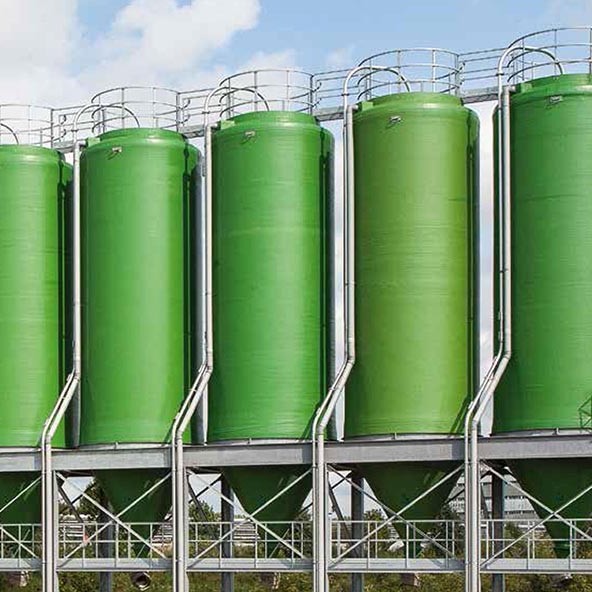
-
 Afrikaans
Afrikaans -
 Albanian
Albanian -
 Amharic
Amharic -
 Arabic
Arabic -
 Armenian
Armenian -
 Azerbaijani
Azerbaijani -
 Basque
Basque -
 Belarusian
Belarusian -
 Bengali
Bengali -
 Bosnian
Bosnian -
 Bulgarian
Bulgarian -
 Catalan
Catalan -
 Cebuano
Cebuano -
 China
China -
 China (Taiwan)
China (Taiwan) -
 Corsican
Corsican -
 Croatian
Croatian -
 Czech
Czech -
 Danish
Danish -
 Dutch
Dutch -
 English
English -
 Esperanto
Esperanto -
 Estonian
Estonian -
 Finnish
Finnish -
 French
French -
 Frisian
Frisian -
 Galician
Galician -
 Georgian
Georgian -
 German
German -
 Greek
Greek -
 Gujarati
Gujarati -
 Haitian Creole
Haitian Creole -
 hausa
hausa -
 hawaiian
hawaiian -
 Hebrew
Hebrew -
 Hindi
Hindi -
 Miao
Miao -
 Hungarian
Hungarian -
 Icelandic
Icelandic -
 igbo
igbo -
 Indonesian
Indonesian -
 irish
irish -
 Italian
Italian -
 Japanese
Japanese -
 Javanese
Javanese -
 Kannada
Kannada -
 kazakh
kazakh -
 Khmer
Khmer -
 Rwandese
Rwandese -
 Korean
Korean -
 Kurdish
Kurdish -
 Kyrgyz
Kyrgyz -
 Lao
Lao -
 Latin
Latin -
 Latvian
Latvian -
 Lithuanian
Lithuanian -
 Luxembourgish
Luxembourgish -
 Macedonian
Macedonian -
 Malgashi
Malgashi -
 Malay
Malay -
 Malayalam
Malayalam -
 Maltese
Maltese -
 Maori
Maori -
 Marathi
Marathi -
 Mongolian
Mongolian -
 Myanmar
Myanmar -
 Nepali
Nepali -
 Norwegian
Norwegian -
 Norwegian
Norwegian -
 Occitan
Occitan -
 Pashto
Pashto -
 Persian
Persian -
 Polish
Polish -
 Portuguese
Portuguese -
 Punjabi
Punjabi -
 Romanian
Romanian -
 Russian
Russian -
 Samoan
Samoan -
 Scottish Gaelic
Scottish Gaelic -
 Serbian
Serbian -
 Sesotho
Sesotho -
 Shona
Shona -
 Sindhi
Sindhi -
 Sinhala
Sinhala -
 Slovak
Slovak -
 Slovenian
Slovenian -
 Somali
Somali -
 Spanish
Spanish -
 Sundanese
Sundanese -
 Swahili
Swahili -
 Swedish
Swedish -
 Tagalog
Tagalog -
 Tajik
Tajik -
 Tamil
Tamil -
 Tatar
Tatar -
 Telugu
Telugu -
 Thai
Thai -
 Turkish
Turkish -
 Turkmen
Turkmen -
 Ukrainian
Ukrainian -
 Urdu
Urdu -
 Uighur
Uighur -
 Uzbek
Uzbek -
 Vietnamese
Vietnamese -
 Welsh
Welsh -
 Bantu
Bantu -
 Yiddish
Yiddish -
 Yoruba
Yoruba -
 Zulu
Zulu
Exploring the Benefits and Applications of FRP Tanks in Modern Industries
Understanding FRP Tanks Applications and Benefits
Fiber Reinforced Plastic (FRP) tanks have emerged as a significant innovation in the storage solutions industry. Composed of a plastic matrix reinforced with fibers, typically glass or carbon, FRP tanks offer an array of advantages that make them increasingly popular across diverse sectors. From chemical processing to water treatment, the versatile nature of FRP tanks has made them an invaluable asset for many applications.
One of the standout features of FRP tanks is their exceptional durability. Unlike traditional materials such as steel or concrete, FRP is resistant to corrosion and chemical damage. This property makes FRP tanks particularly well-suited for storing aggressive chemicals, such as acids and solvents, which would otherwise cause degradation in less resilient materials. The ability to withstand harsh environmental conditions extends the lifespan of FRP tanks, resulting in lower maintenance costs over time.
.
The customization capabilities of FRP tanks are noteworthy. Manufacturers can design tanks tailored to specific requirements, including size, shape, and chemical compatibility. This level of customization facilitates a precise fit for various applications, whether for industrial, agricultural, or municipal uses. Architects and engineers often appreciate the flexibility that FRP tanks offer, allowing for innovative designs that seamlessly integrate into existing infrastructure.
frp tank

Environmental considerations are also a notable advantage of FRP tanks. The materials used in their production can be sourced sustainably, and FRP tanks are often designed to be energy-efficient throughout their lifecycle. Additionally, as these tanks are impervious to rust and corrosion, they contribute to reducing environmental contamination risks, making them a responsible choice for businesses held accountable for their environmental impact.
In terms of safety, FRP tanks are less likely to leak, thanks to their seamless construction. This characteristic is crucial for industries that handle potentially hazardous materials, as it minimizes the risk of spills that could lead to accidents or environmental disasters. Furthermore, FRP tanks are less prone to explosions or failures, enhancing safety for personnel working in proximity to storage units.
The application of FRP tanks transcends various industries. In the agricultural sector, they are used for storing water, fertilizers, and chemicals needed for crop production. In the chemical industry, they safely house substances that require strict adherence to safety and environmental regulations. Wastewater treatment facilities are increasingly recognizing the benefits of FRP tanks for their ability to resist corrosion, providing long-term storage solutions for various chemicals involved in treatment processes.
In conclusion, FRP tanks represent a modern and effective storage solution that meets the demands of industries navigating the challenges of corrosive materials, weight, and installation considerations. With their strength, customizability, and environmental benefits, FRP tanks continue to gain traction as a reliable alternative to traditional storage options. As industries strive for efficiency and sustainability, the adoption of FRP technology is poised to grow, paving the way for innovative storage solutions that prioritize safety and environmental responsibility. Whether for industrial uses, agriculture, or municipal needs, FRP tanks offer a reliable choice for today’s diverse storage requirements.









